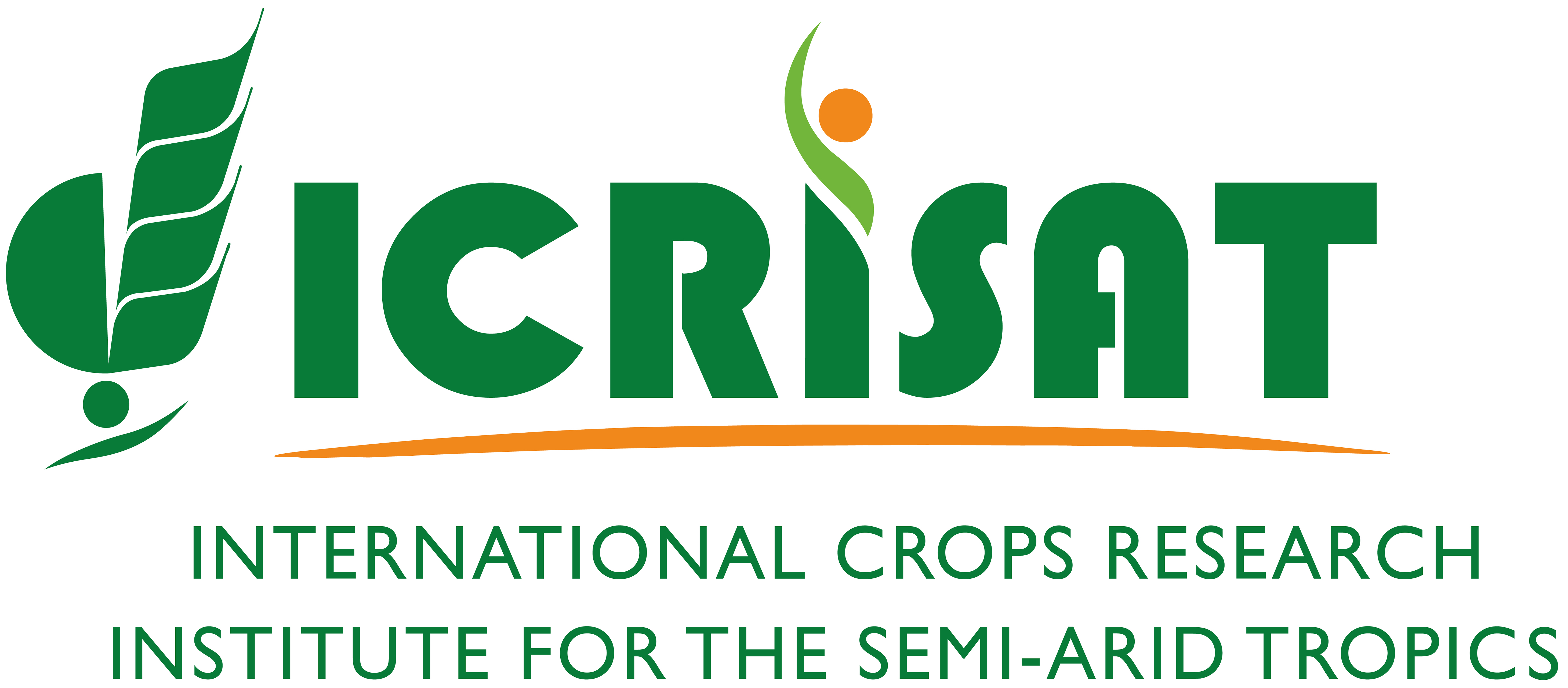

CicArMiSatDB A Chickpea SSR database has following pages
Home: This page provided the brief introduction about the database and also SSR statsistics.
Search: This page helps the user to mine the SSR data.
The database search includes Simple and Advanced search options with various parameters to explore for the SSR information. Simple search will mine the database with any one of the options like type of SSRs (simple and compound), genomic locations (Contigs, Pseudomolecules, Scaffolds), with the motif sequence of interest and based on the feature of SSRs (Genic and non-genic). Whereas advanced search option could be used to mine SSRs by selecting two or more simple search criteria which are broadly listed below:
Complexity of SSRs: SSRs are classified into simple and compound SSRs depending on the type motif sequences present. Simple SSRs contain any one type of the motif sequences like di, tri, tetra, penta and hexa repeats whereas compound motif contains combination of two or more types of simple SSRs.
Search by compound type of SSRs:
Database search provides with the option to the user to select any one type of SSRs. Clicking on the compound button further provide a option to search.
Pressing 'submit' button will search the database for the compound type of SSRs and displays the results as follows.
It provides the motif sequences, genomic location, and the primers sequence information. It also highlights the SSRs which are validated and reported from the previously published articles.
Search by simple type of SSRs:
Selecting the 'simple' option gives dropdown menu to opt for di, tri, tetra, penta, hexa SSRs so that user can mine SSRs in a more specific way.
Results of the simple type of di SSRs
Search by Genomic locations:
Based on the genomic locations of the SSRs, i.e., the ones reported in regions like Contigs, Scaffolds and Pseudomolecules.
Search SSRs in Pseudo molecules: User can retrieve the SSRs from a particular pseudo-molecule. Selecting the 'Pseudomolecules' gives a drop down menu to select a particular pseudo-molecule.
Search the SSRs reported in Contigs: User can retrieve the SSRs which are present in the contigs by selecting the contigs option from the drop down menu.
Search by SSRs present in Scaffolds: Also the user can retrieve the SSRs which are present in the scaffolds by selecting the scaffolds option in the dropdown menu.
Search SSRs by using motif sequence of interest:
Gives an option to the user for the retrieval of the SSRs containing motif sequence of interest. User needs to input the sequence in the box and click on the go button.
Search the SSRs reported near Genic/Non-genic region: User may mine SSRs depending on its presence of SSR in the genic or non-genic region.
The results of the genic and non-genic type of SSRs is different from the usual search criteria. It reports the gene ID containing the SSR.
Clicking on the “+” symbol present at the left most end of the results provides the annotation information about the co-ordinates, orientation, symbols, function, UniProt ID, pathway information, gene ontology ID and gene ontology (GO) description for the gene.
Search by Non-genic type of SSRs:
However, in case of search for non-genic SSRs, similar information as the genic SSRs result is displayed along with the details of nearest gene in proximity.
Advanced search is implemented by combining 2 or more options of simple search. For example, one can search the simple SSR with the motif “TA” which is reported to be present in the pseudo-molecule number 5 (Ca5).
The search result could further be optionally customized. For example, one could restrict or filter the number of SSRs displayed within the range 25-100 results per page in a table. The table can be sorted depending on the unique SSR-ID and the chromosome in which SSR is present.
BLAST: Provides the simplest way to identify the already existing SSR from the sequence of interest
BLAST search was integrated into the database to find the nearest genic and non-genic SSR available for the query sequence identified in the chickpea genome thereby enabling to discover linked SSRs and associated QTL regions.
BLAST results provides the coordinates of homologous region found in the genome; match statistics like, percentage identity, e-value, alignment length; nearest genic and non-genic SSRs and its distance between thr hit and coordinates reported region on the genome.
User can click on the marker information displayed on the BLAST result page to visualize the marker details in the configured genome browser (GBrowse). Additional details such as the sequence of the SSR could be obtained by clicking on the expanding icon (“+” symbol).
Genome Browser: Helps the user to visualize the Chickpea genome with the feature like gene, CDS, non-coding regions and also the BLASTx results obtained against the plant protein database.
GBrowse enables the user to graphically visualize various details (gene, CDS) present in the genome by extracting information from the GFF file. User can customize the tracks displayed by selecting the genomic features of their interest from the “select tracks” option and type a search term or landmark into the text field at the top of the page. This fetches the region of the genome that spans the landmark, and displays it in an image panel called the “detailed view”. The detailed view consists of 3 horizontal tracks, each of which contains a particular type of sequence feature like gene, CDS and predicted SSR.
Resources: Provides the links to the other chickpea resources.